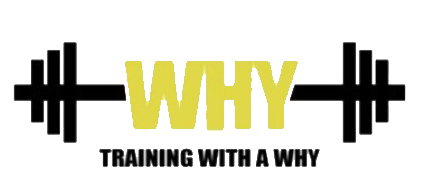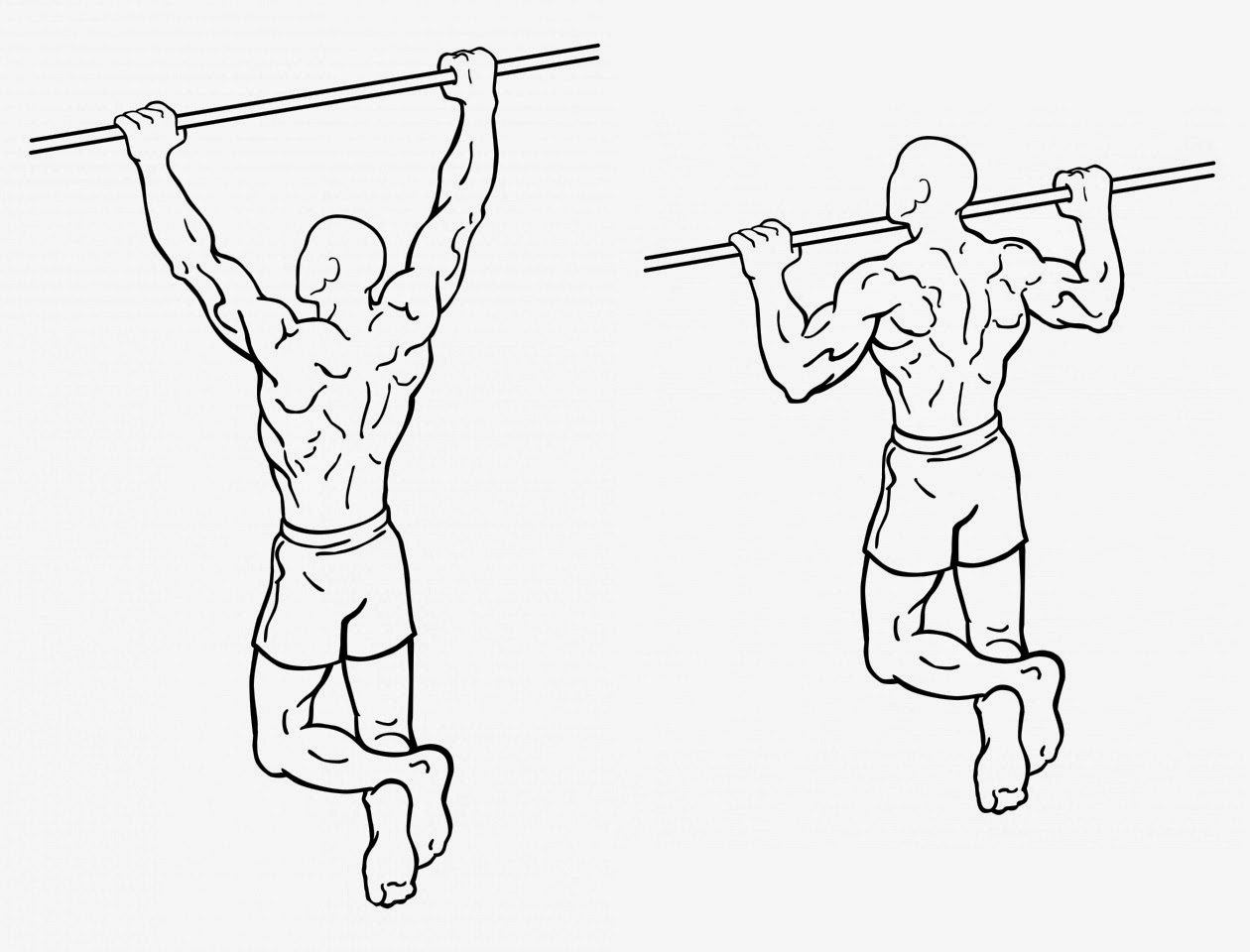Intro
Last week’s article stressed the importance of pull-ups and the need to do them correctly. Hopefully the details of my success with a pull-up program motivated you to consider doing pull-ups more often. If so, you are going to want to try out the following tips to ensure you make progress with your pull-ups. In the following paragraphs, I will cover how to do a correct pull-up followed by helpful exercises to progress pull-ups.
A Correct Pull-Up
As I stated in last week’s article, a correct pull-up starts with straight arms in an elbow “locked” out position and ends with your chin above the bar. Anything other than this is not a complete pull-up. There is really nothing else to say about this except to do it. Every rep!
Swinging back and forth and kicking of the legs should not be part of a strict pull-up. Here are a few things you can to do stop:
- Straighten your legs and have them side by side
- Point your toes towards the ground
- Squeeze your glutes
- Lock down your core and ribcage
- Pull through your elbows
These points are easy to follow. However, that last point may be hard to comprehend for some people. Pulling through your elbows should feel like you are pulling your elbows straight to the ground. This is helpful because if it feels like your elbows are moving in a straight path towards the ground the rest of your body will follow. Read on for exercises that can help progress your pull-ups.
Inverted Rows
Inverted rows may be a step down from pull-ups, but they are certainly not easy. It is a bodyweight exercise that is great to add to your workout program, especially beginners. The great thing about inverted rows are that they allow people to experience pulling their bodyweight before they can do a pull-up. It is also a horizontal bodyweight pull which combines nicely with the vertical bodyweight pull that a pull-up offers. In my experience, inverted rows help improve pull ups because it helps people become accustomed to pulling their own bodyweight, strengthens the upper and mid back, and improves grip strength. All of which are major factors in completing a pull-up.
How to do them:
- Start with the bar at a height that when hanging from it your body is parallel to the floor.
- Place hands in an overhand grip slightly wider than shoulder width, although this can vary. (Bench press grip for those of you that bench.)
- Start with your legs bent and feet flat on the ground.
- Bridge your hips so that your stomach is flat across and your core is tight.
- Pull yourself up so that the bar touches the middle of your chest and not your collarbone or throat area.
- Squeeze shoulder blades together.
- Return to the starting position by lowering yourself until your elbows are once again locked out.
Video Here: IMG_0825
Notes:
- If you find that these are too difficult simply raise the bar to increase the angle but be sure to maintain the rigidness of your body.
- If you find these easy with your legs bent and body parallel to the floor straighten out your legs so that your heels are on the ground.
Hangs
Hangs are just as they sound. You simply hang from a pull-up bar, rings, etc. The reason hangs make this list on how to progress your pull-ups is grip strength. As mentioned in the inverted row paragraph, grip strength is a big factor in the ability to do a pull-up. Your upper back and lats may be strong enough to pull your bodyweight but if your grip is too weak to hold your bodyweight you won’t be able to hang long enough to do many reps. To progress with hangs you can simply hang for longer and longer periods of time. You can also start by doing a dead hang where your arms are stretched out like in the starting position of a pull-up or you can try and hold your chin above the bar for as long as you can. Either way will challenge your grip, eventually strengthening it, allowing you to better be able to pull your own weight. It should also be noted that hangs are a great way to get a full upper body stretch. They feel awesome!
Negatives or Eccentric Pull-Ups
The negative or eccentric portion of a lift is occurs when the muscles is lengthening. It is the opposite of a contraction, when the muscle shortens. It is usually the part of the lift when the weight, or in this case, your body is lowering back to the starting position. Training the negative portion of a lift can be a very successful way of strengthening the lift as a whole. However, because the muscles are lengthening, this is the portion of the lift where the most muscle fibers are tearing, which can cause soreness the following day. Negative or eccentric pull-ups are a great way to improve pull-ups. In my experience, I have had much more success at improving people’s pull-ups through negative reps then I have using assisted pull-ups with a band or machine.
Video Here: IMG_0828
How to do them:
- You need to start at the top, with your chin above the bar. So either jump up so your chin is above the bar, or use a bench or box to stand on so you can start high enough.
- Slowly lower yourself until your elbows are in the locked out positon.
- Return to the starting position using same method used in step 1.
- Progress by lowering yourself slower and slower.
Do Them Often
I want to end this article by giving my last piece of advice regarding pull-ups. To get good at pull-ups you have to do pull-ups. I know, groundbreaking stuff. This goes for anything in the gym. So many times I hear people say that their goal is this or that and then they do something to achieve that goal one time a week. It may work but it will take a long, long time. There is no rule stating that you can only do pull-ups on back day. Do them a few times a week if you are serious about getting better at them. Refer back to last week’s article and the program at the end. I was doing pull-ups 4-5 days a week and it worked! So go ahead and give these tips a try. As always, thanks for reading and be sure to share this article and comment on any topics you would like to learn about in the future.


